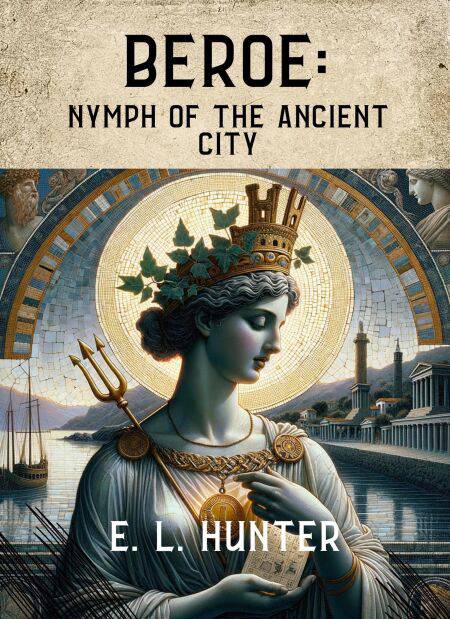
- Retrait en 2 heures
- Assortiment impressionnant
- Paiement sécurisé
- Toujours un magasin près de chez vous
- Retrait gratuit dans votre magasin Club
- 7.000.0000 titres dans notre catalogue
- Payer en toute sécurité
- Toujours un magasin près de chez vous
Description
Where myth marries a city. Meet Beroë—the forgotten nymph of ancient Berytus (today's Beirut), daughter of Aphrodite and Adonis—and see how a fifth‑century epic, a working harbor, and Roman law reshaped one another.
This book follows Beroë from Nonnus's Dionysiaca—where Dionysus and Poseidon fight for her hand—into the streets, coins, inscriptions, and harbor stones of the real city. It shows how a Phoenician shoreline became a Roman colony famed for its law school—the "mother and nurse of the laws"—why a late poet gave Beirut a divine birth and a sea‑god marriage, and how city goddesses turned civic pride into living myth. From Bronze Age layers to the earthquake of 551 CE, text and artifact speak together to reveal myth not as ornament, but as the language cities used to claim identity, power, and memory.
For readers of accessible classics, archaeology, and cultural history, this is a vivid, authoritative portrait that will change how you read a major Mediterranean city—and why late myths still shape what pasts we inherit.
Spécifications
Parties prenantes
- Auteur(s) :
- Editeur:
Contenu
- Langue:
- Anglais
Caractéristiques
- EAN:
- 9798231842384
- Date de parution :
- 02-11-25
- Format:
- Ebook
- Protection digitale:
- /
- Format numérique:
- ePub

Seulement chez Librairie Club
Les avis
Nous publions uniquement les avis qui respectent les conditions requises. Consultez nos conditions pour les avis.






